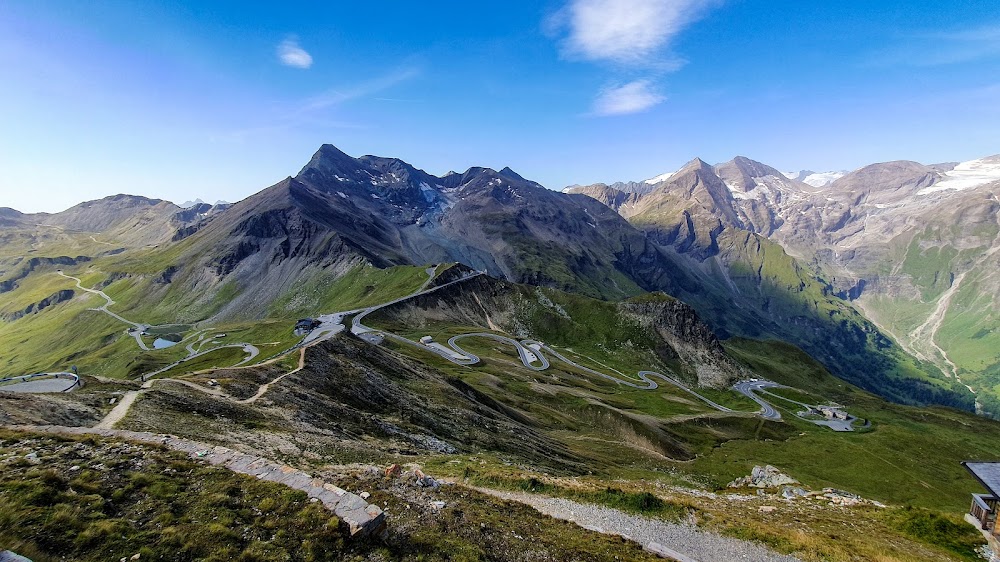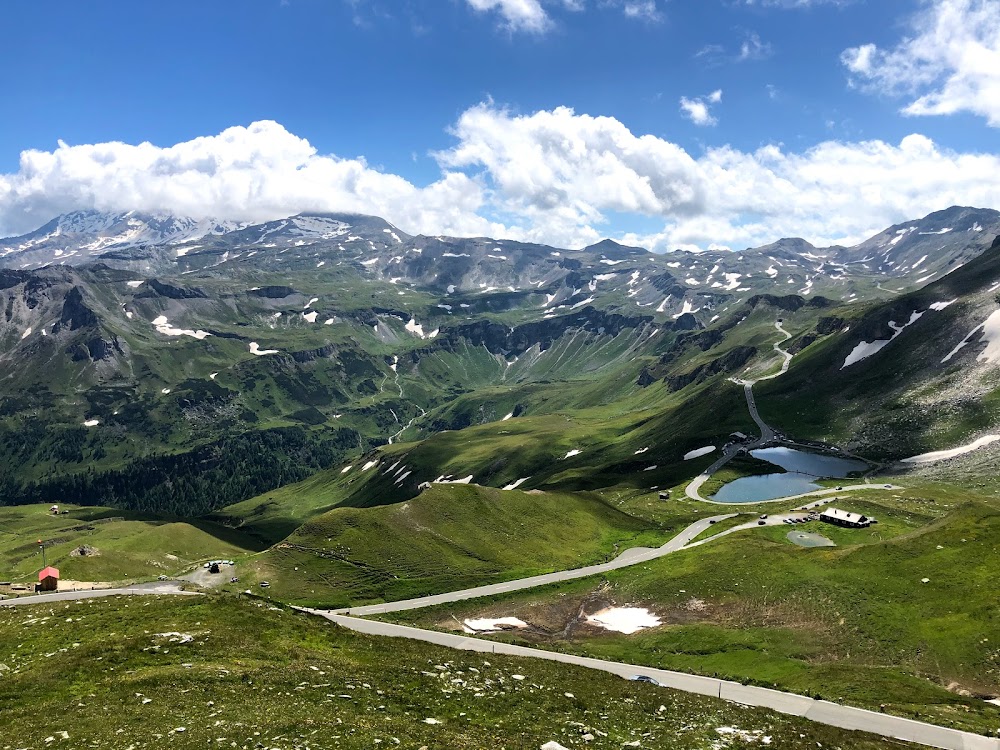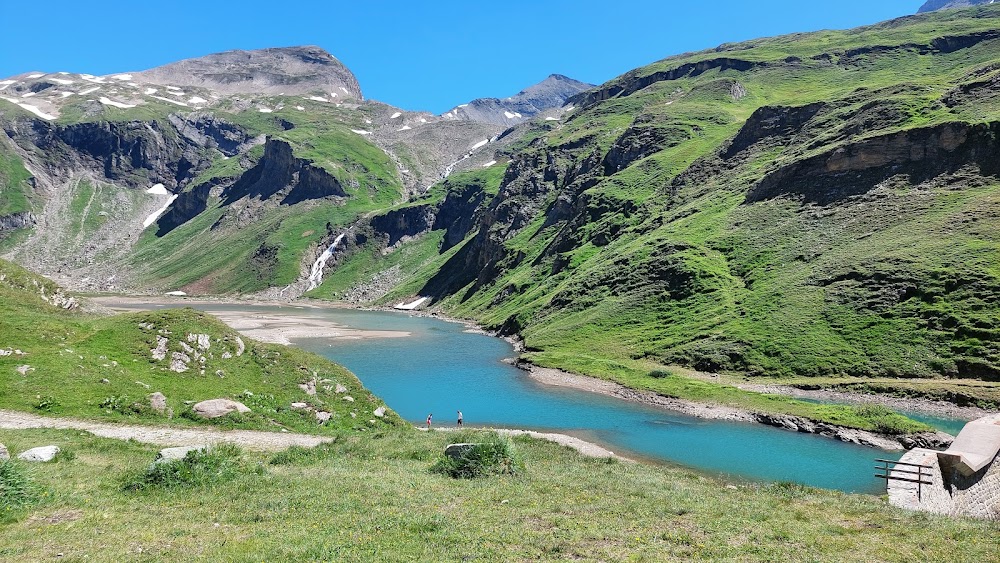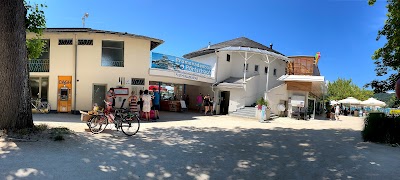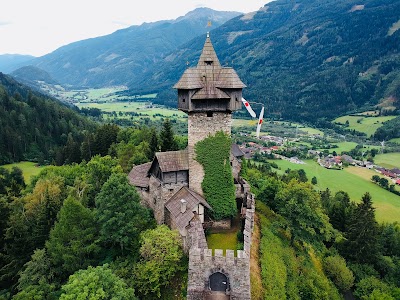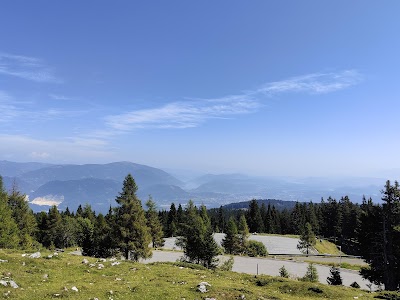Grossglockner High Alpine Road (Großglockner Hochalpenstraße)
Overview
The **Grossglockner High Alpine Road** is an iconic and breathtaking route nestled in the stunning state of Carinthia, Austria. This engineering marvel winds its way through the heart of the Alps, connecting the northern town of Bruck to the southern village of Heiligenblut. Named after the majestic **Grossglockner**, Austria's highest peak at 3,798 meters, this road offers panoramic views that are nothing short of spectacular.
Constructed between **1930 and 1935**, the Grossglockner High Alpine Road was envisioned to improve access to remote Alpine regions and stimulate tourism. The brainchild of **Franz Wallack**, an Austrian civil engineer, this ambitious project was designed to showcase the natural beauty of the Alps while providing a vital transportation link.
Building this remarkable road was no small feat. Over **3,200 workers** faced numerous challenges, including harsh weather conditions and the rugged mountainous terrain. Equipped with only the most basic tools and machinery of the time, the construction team overcame these obstacles to create a **48-kilometer** road that reaches an impressive altitude of **2,504 meters** at its highest point, the **Hochtor Pass**.
The road officially opened on **August 3, 1935**, quickly becoming a symbol of human ingenuity and resilience. It did more than connect two towns; it unveiled the breathtaking Alpine landscape to a broader audience, transforming it into a scenic route that attracts tourists from around the globe.
One of the most striking features of the Grossglockner High Alpine Road is its **36 hairpin bends**. Each of these sharp curves is a testament to the exceptional engineering that went into its construction, offering travelers unique viewpoints of the surrounding mountains, valleys, and glaciers. The journey along this road promises to be an unforgettable experience.
As you traverse the Grossglockner High Alpine Road, you'll encounter various points of interest, including the **Kaiser-Franz-Josefs-Höhe**. This stunning viewing platform provides breathtaking panoramas of the Grossglockner peak and the **Pasterze Glacier**, named after Emperor Franz Joseph I of Austria, who visited the area in 1856. Additionally, the **Glocknerhaus**, a charming stone hut, serves as a museum offering insights into the region's natural history and the road's construction.
Over the decades, the road has been meticulously maintained and upgraded to accommodate modern vehicles while preserving its historical and natural significance. It typically closes for winter (from November to early May) due to heavy snowfall and treacherous conditions, but it is carefully cleared and prepared to welcome summer tourists.
Today, the Grossglockner High Alpine Road stands not just as a route from point A to point B, but as a **world-renowned tourist attraction**. Each year, thousands of visitors—ranging from motorists and cyclists to hikers—flock to this road to witness its stunning landscapes and remarkable engineering.
Ultimately, it serves as a powerful reminder of human determination to conquer nature's challenges, while providing access to some of the most awe-inspiring views that Austria has to offer.


